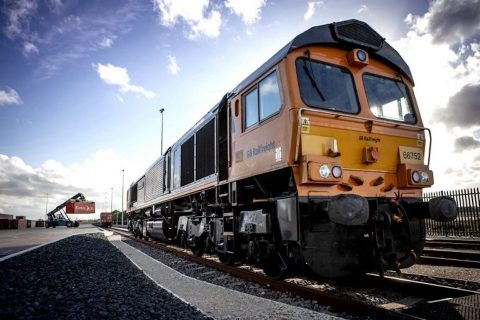Innovation: former SpaceX engineers design railcars of the future

Parallel Systems, a company founded by former SpaceX engineers, has raised nearly 47 million euros in funding to build autonomous battery-powered rail vehicles that move containers. The new engineering work aims to make rail freight transport more flexible than ever.
Do you want to read the full article?
Thank you for visiting RailFreight.com. Become a member of RailFreight Premium and get full access to all our premium content.
Are you already a member?
Having problems logging in? Call +31(0)10 280 1000 or send an email to customerdesk@promedia.nl.




